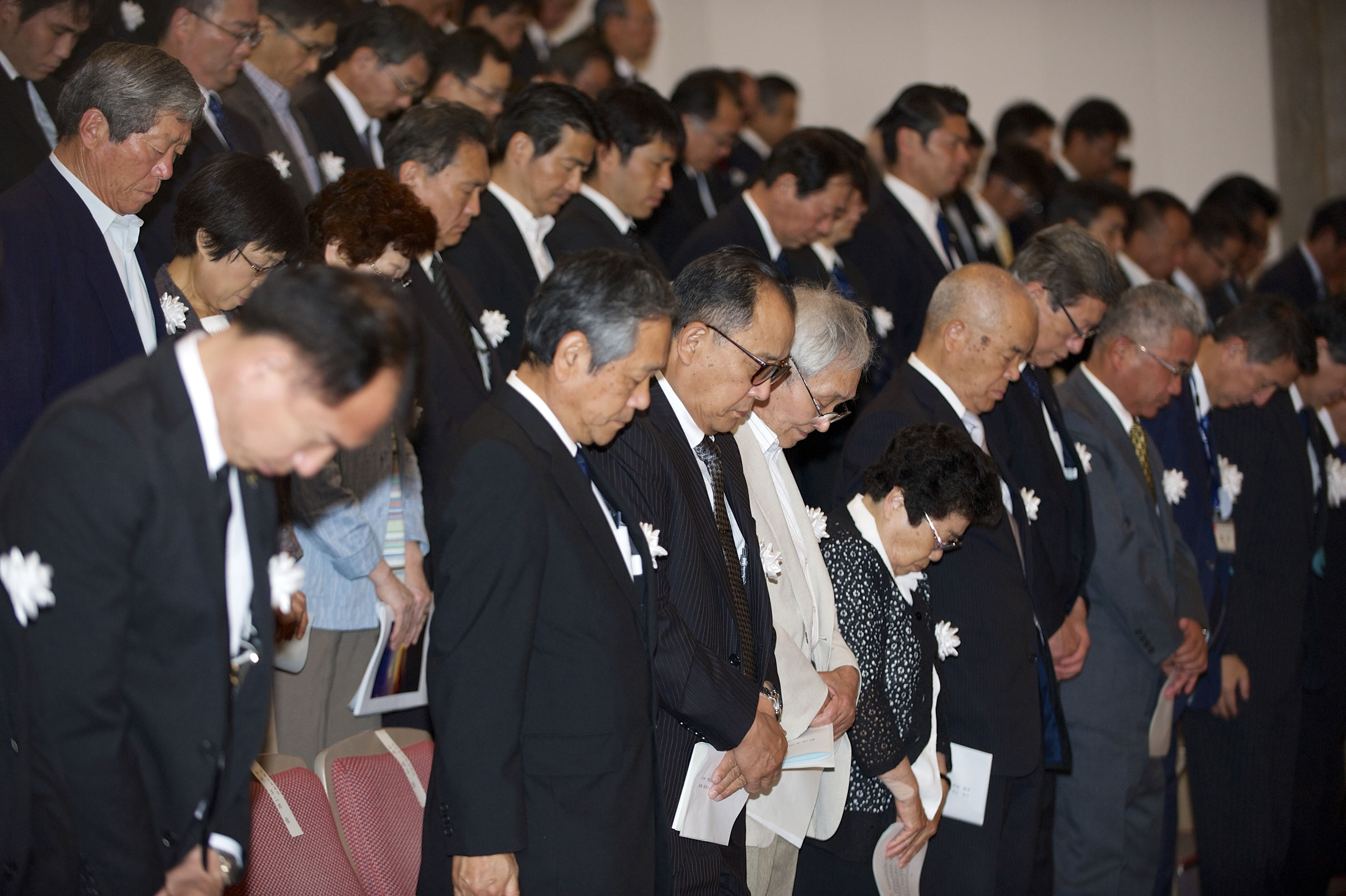The first thing Koichi Hirota noticed about Komatsu Hoshiyama was that he could not walk in a straight line. As the young neurologist proceeded with his examination in the cramped, sparse ward inside Niigata University Hospital, other symptoms became apparent: The 55-year-old Hoshiyama's body tingled from head to toe, a condition referred to as paresthesia; he could hardly speak and the words he was able to utter gave the impression he was hard of hearing; his field of vision was severely limited, "like he was peering through two sticks of bamboo."
More tellingly, tests on samples of his hair revealed mercury levels of 763 parts per million — 763 times higher than the maximum acceptable amount stipulated by the U.S. Environmental Protection Agency.
"I was surprised and, frankly, shocked," says Hirota, 76, as he recalls that day on May 7, 1965, when he examined his first patient at the Brain Research Institute's neurology ward, which had opened just a week earlier. "I was 26 and sitting in front of me was Niigata's first Minamata disease patient."



















With your current subscription plan you can comment on stories. However, before writing your first comment, please create a display name in the Profile section of your subscriber account page.